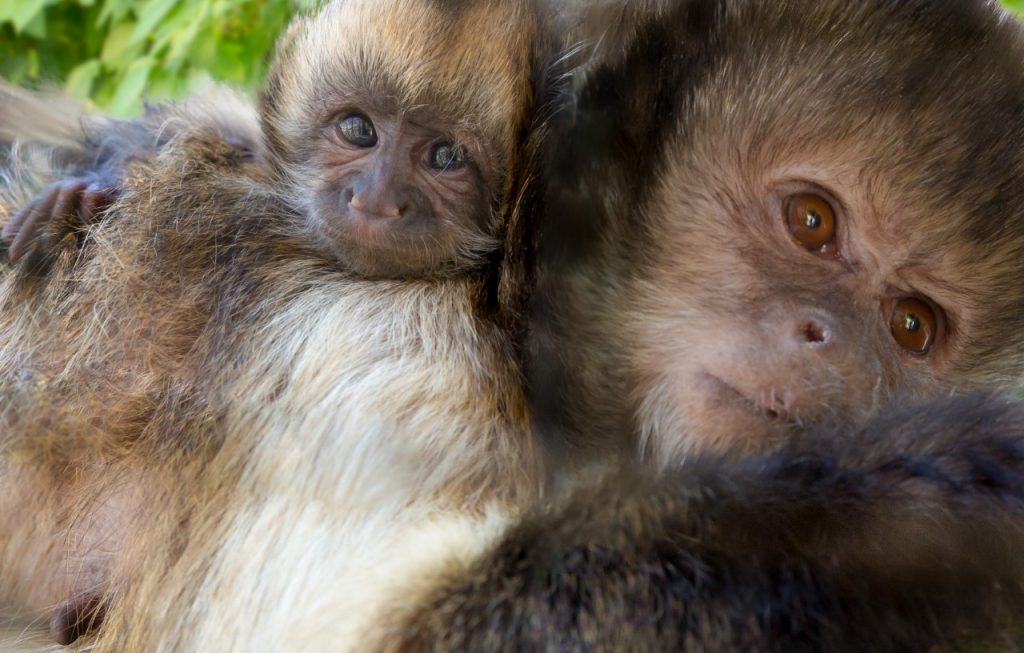The growth responses of two polar bear (Ursus maritimus) cubs to regimented dietary energy
Citation
Wensvoort J, Thiemann G, Mihailovic D, Atkinson J, Duncan I. 2015. The growth responses of two polar bear (Ursus maritimus) cubs to regimented dietary energy. In Bissell H, Brooks M Eds. Proceedings of the Eleventh Conference on Zoo and Wildlife Nutrition, AZA Nutrition Advisory Group, Portland, OR.
Abstract
The growth of polar bear (Ursus maritimus) cubs depends to a large extent on litter size and the provision of maternal care, specifically, milk production and the sharing of prey (Derocher and Stirling, 1996, Robbins et al., 2012). Cubs in most subpopulations stay with their mothers for up to 2 ½ years and rely solely on maternal milk during the first 3 months of life. Subsequently, they consume milk and prey, however, the amounts and proportions vary, particularly since 20% of females with cubs and 60% of females with yearlings will stop lactating at some point during the ice-free summer season (Derocher et al., 1993).
 50_Wensvoort.pdf 183 KB
50_Wensvoort.pdf 183 KB








